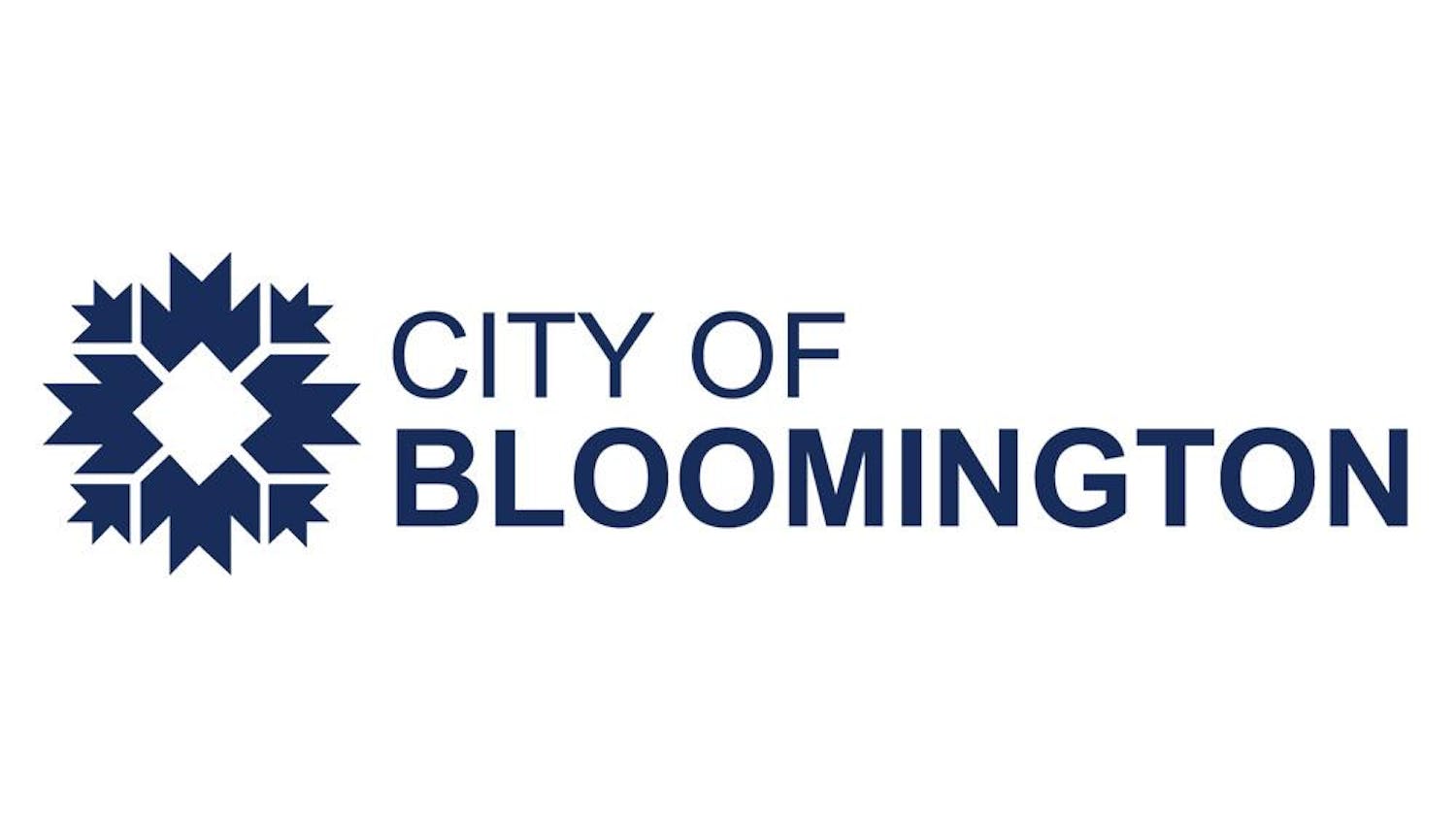The yellowing pages of the photo album tell the story of IU's history through the eyes and experiences of a former student. Leafing through page after page brings back fond memories to Cherri DuPree, who attended IU from 1976 to 1979. Yet it is a history that is somewhat incomplete.\nIt doesn't have pictures of the "white only" signs that rested in the windows of many public places. It doesn't have pictures of the dormitory for black students that is now buried under the small shopping center across from Ashton Center.\nThe sticky pages of the album hold memories of a black student body who found a sense of community in the same way its predecessors were forced to.\nWhen Harvey Young, IU's first black student, came to IU in 1882, the aura of the campus was very different. IU was ahead of other universities in terms of allowing black students to enroll and attend classes, but the tremendous social pressures of the time made graduation a distant goal. It was not until 1895 when the first black man, Marcellus Neal, graduated from IU. Thirty-four years later, the first black woman, Frances Elizabeth Marshall, accomplished the same feat.\nSocial Conditions\nAs DuPree thinks back upon her experience at IU, there is one blemish that comes to mind. In her second year she was assigned to share a room with a girl from Columbus, Ind. But there was soon a quick change of plans.\n"Her parents came in and met me and they moved her right out," she said.\nThis is a scenario that many black students never had the chance to encounter prior to the 1950s. Until 1944, on-campus housing was not an option for blacks.\nStudents were forced to take advantage of places like the "Dargan House," which was maintained by Samuel Dargan, the first black man to earn a law degree. The Dargan House provided a place where black students could live and eat.\nIt was in 1944 when the University decided to allow black students to live in a segregated on-campus building. In 1948, the all-male dorms were integrated, and two years later the all-female dorms did the same.\nFrederick McElroy, a professor in the African American and African Diaspora Studies Department, remembers coming to IU and being shown the building where black students were forced to live. However, when he returned to campus several years later, he was surprised to find no trace that it ever existed.\n"There should be something saved ... a sign or something, so that we don't forget the past," he said. \nReserved signs marked tables in the Commons of the Indiana Memorial Union where black students were allowed to sit.\nIn late 1940s, things began to change under the direction of Herman B Wells and a state congressman, Henry J. Schrieker. Schrieker passed a law prohibiting "segregation in education, from kindergarten on up."\nWells began to take steps to remove the presence of segregation on IU's campus. The signs reserving certain tables in the IMU were removed. Bloomington restaurants opened their doors to blacks. Wells instructed football player J.C. Chestine Coffee to jump into the HPER swimming pool during "white hours" as a symbolic gesture of ending segregation. By the 1960s, most of the visible signs of segregation were gone.
Student Activism\nStudents in the 1960s were not appeased by the fact that the most noticeable signs of segregation were eliminated. They wanted to have a stronger, more representative group of black students and faculty.\nAccording to previous Indiana Daily Student reports, in 1967 there were 25,000 students enrolled. Only 2.8 percent, or 700 students, were black.\nHerman Hudson exemplified the determination of the students. Despite being legally blind for the majority of his life, he received his bachelor's, master's and doctoral degrees from the University of Michigan. He then went to teach at Florida A&M, as well as in Kabul, Afghanistan, before coming to IU in 1968.\nThe students made consistent demands that Hudson be brought to IU. Once he arrived, he was instrumental in the growth of the Office of African American Affairs in 1970. He then went on to establish the African American Arts Institute in 1974 and the Minority Achievers Program in 1987.\n"It is important to give the credit to the students because it was their widespread upset that created my department, the Black Student Union and the culture center," McElroy said.
Where are blacks today?\nWhile the visible signs of forced segregation have long been removed, many say students continue to self-segregate.\n"In many respects the campus is still segregated," McElroy said. "I can see it when I walk into my classes. I think it is very interesting."\nApparently, this self-segregation is not anything new. In the late 1970s, DuPree vividly remembers eating in the cafeterias with groups of other black students, for many of the same reasons shared by students of today.\n"We just wanted to know each other," she said. "It wasn't that the white people wouldn't sit with us ... Most of the students were from predominantly black towns, so they wanted to keep their identity."\nAccording to the Indiana University Factbook, in 2004 black students made up nearly 1,500, or four percent of the 38,000 students who attend IU. The number of black students at IU has doubled since 1967, but some believe it would be more telling to look at graduation rates.\n"There you would see not as much progress as we all would like," McElroy said. "People look at IU and say, 'We have a black president and basketball coach. But IU just got its first black trustee (Cora Smith Breckenridge) in 1997. So in terms of the entire institution there is still room for change."\nDuPree glances from page to page remembering the names of the people in her photo album who made her college experience memorable. But people like McElroy consider it a tragedy that the students don't know the history of this University and the people who made it possible.\n-- Contact Staff Writer Eboni Gatlin at egatlin@indiana.edu.





